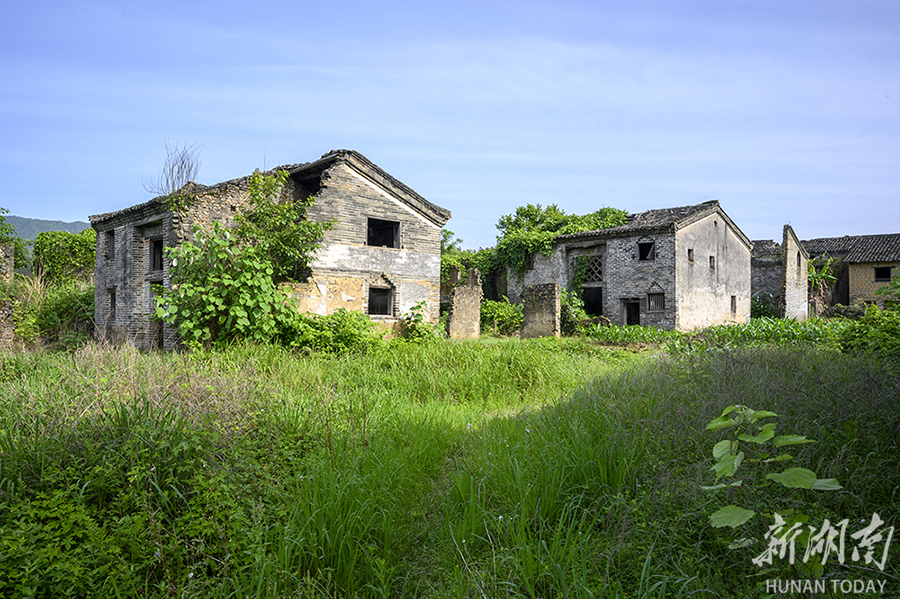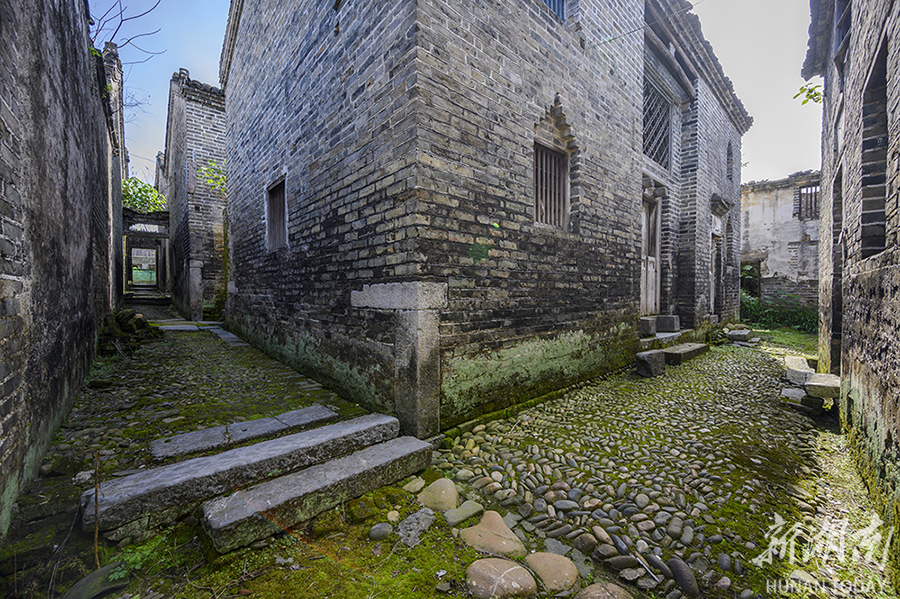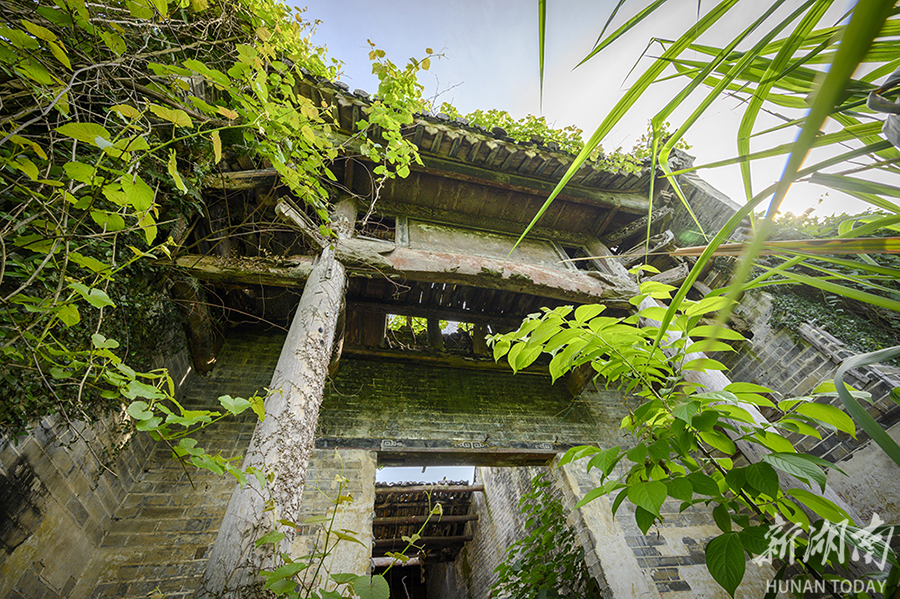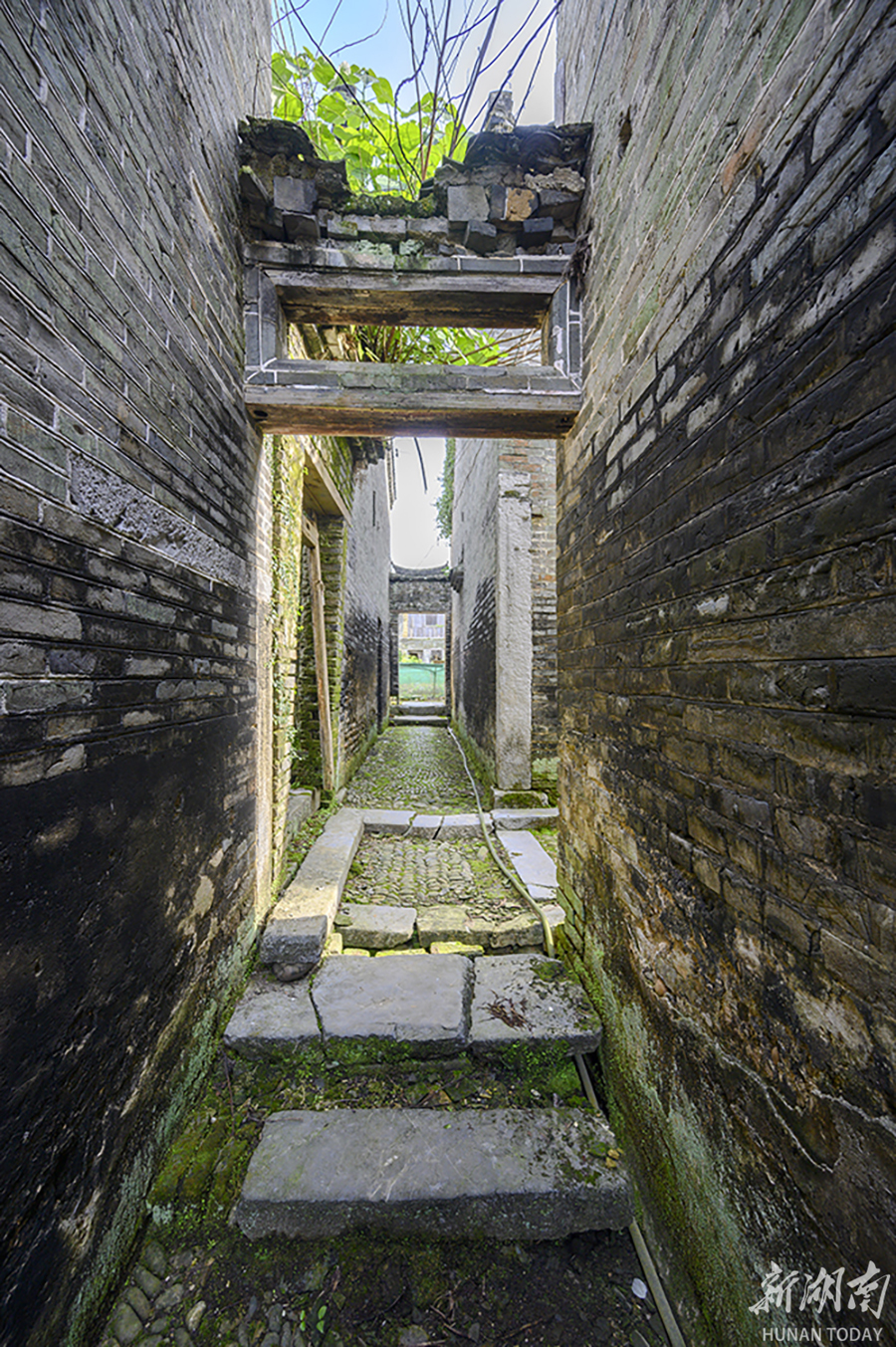Ancient Beishui Village
2023-05-13
Located in the southwest of Nuanshui Town, Rucheng County, Beishui Village is surrounded by mountains on three sides to the east, west and south, and about 2 kilometers away from the town government. The well preserved ancient village is situated at the end of Dongjiang Lake on the south bank of Oujiang River, with a long history of over 600 years. Ancestors moved here from Langmu.

In 1978, Dongjiang Hydropower Station storage project was constructed, so half of Beishui Village was relocated. In 1987, the whole village was moved away. The Ancient Beishui Village is no longer bustling, but the most original scenes of the ancient village are left behind.
Beishui Village is built near the water. Facing south, it has a grand scale, elegant buildings with an orderly arrangement. During its heyday, there were ancient buildings such as the Zhu’s Family Temple, Ruigong Ancestral Hall, Xinmin School, Beishui Ferry, Beishui Temple, and Beishui Pavilion.

The village currently has more than 70 ancient dwellings, with a building area of over 12,000 square meters. Dozens of mossy ancient lanes are well preserved. Zhu’s Family Temple as the center is on the left, while Ruigong Ancestral Hall as the center is on the right. In the surroundings are ancient houses made of bricks and tiles, and the alleys are paved with green slabstones and cobbles.
To the east of Zhu’s Family Temple is a market street, along which there is Beishui Temple, Xinmin School and an ancient opera stage. The ancient buildings such as the Gengdu Yuqiao Tower, the Songhe Yannian Tower, and the 18th Grain Warehouse are well preserved.


Built in the late Ming and early Qing dynasties, the ancient village has two styles, namely, the single style and the courtyard style, which are well situated and neatly arranged, with green bricks and black tiles. Its architectural style is unique, and the carving art can also be considered first-class. The eaves and roofs are finely carved, with vivid and lifelike carvings in clay, wood, and stone. The sculptures on Ma Tou walls are exquisite, while the carved windows are colorful. Its architectural features not only reflect the cultural traces of hundreds of years, but also inherit the typical architectural style of Southern Hunan, which are the witness and epitome of history.




